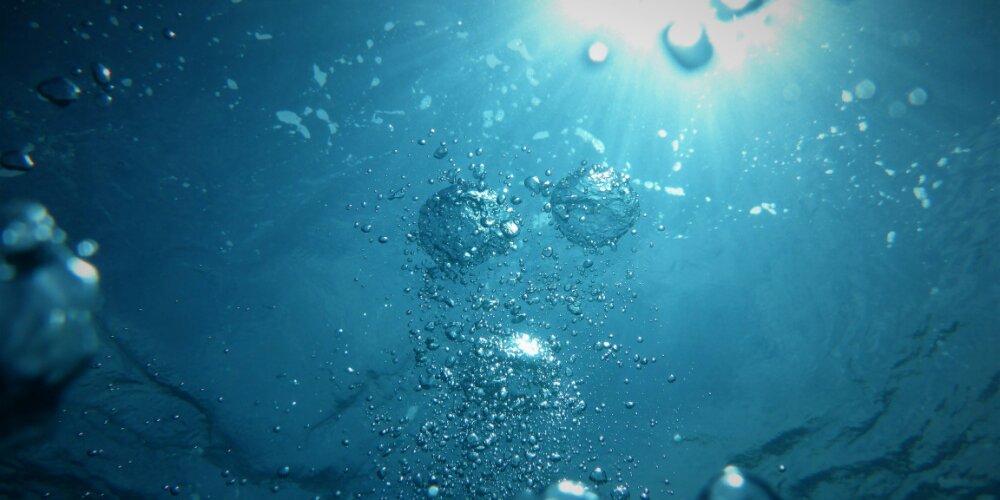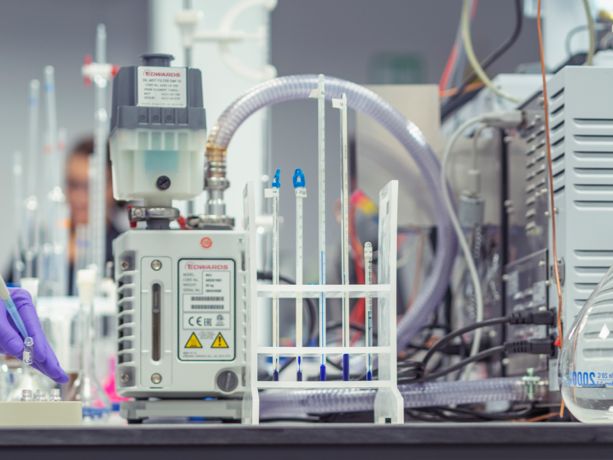New Plasma Jet Design Improves Water Decontamination

Plasma, usually considered the ‘fourth state of matter’, is an incredibly interesting, and abundant, resource in the universe. Made when gases are heated, plasma is made of ions and electrons (positively charged and negatively charged particles respectively).
Plasma is found across the universe, from lightning strikes, to the sun in the sky, the aurora borealis and australis, or even the neon lighting at your local corner shop.
Outside natural environments, plasma has a variety of real-world applications because it’s incredibly reactive. This means it’s used across a wide spectrum of industries, from equipment sterilisation, to microelectronics.
However, new research coming from a joint research team of the FQM-136 Physics of Plasmas and the FQM-346 Organic Catalysis and Nanostructured Materials teams from the University of Córdoba demonstrates a novel new plasma jet, designed to be an efficient method of water decontamination.
Back in 2017, the research team found that using plasma created by microwaves generated reactive species containing oxygen and nitrogen. When this was applied to water, these oxidising agents were able to decontaminate it by creating chemical processes that broke down the pollutants. More specifically, they promoted advanced oxidation processes to degrade the organic pollutants and treat the water.
However, this process needed refining to optimise the efficiency of the plasma jet – which is where the new design comes in. Using a modified surfatron design “with a small piece of silicon in the quartz discharge tube”, the team was able to sustain non-filamented argon plasmas. These were both more stable, and more efficient at creating the reactive species required to degrade the contaminants in water.
During development, the new plasma jet design underwent several tests, one of which was to see its capabilities of breaking down organic dyes in water – in this case, methylene blue. Rather than acting directly on the water, the plasma worked remotely within a layer of air above the water. Multiple reactions could take place in this zone, with the active species then diffusing into the water below. This method led to a significant increase in active species created by the plasma, and the team’s new method managed to degrade the dye in minutes.
With plasma used in everything from microchip manufacture, wound healing, and waste recovery to paint adhesion and decontamination, this research has important ramifications for the future of plasma technology efficiency.
The Lab: the hub of materials science in the North West
At The Lab, we have a superb range of services that can help you understand more about the materials you use every day. Whether you need to learn how they behave under pressure, or require a materials failure investigation, our team is perfectly placed to find the answers you seek.
Consult The Lab today for expert advice
For more materials science expertise, industry insights and the latest research, explore The Lab’s News and Knowledge Hub…
Scientists Discover 'Superhydrophobic' Surfaces | Researchers Discover the World’s Toughest Material | Researchers Observe 'Self-Healing' Metals
- Author
- Dr Caroline Young
- Date
- 04/04/2024
